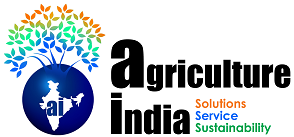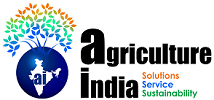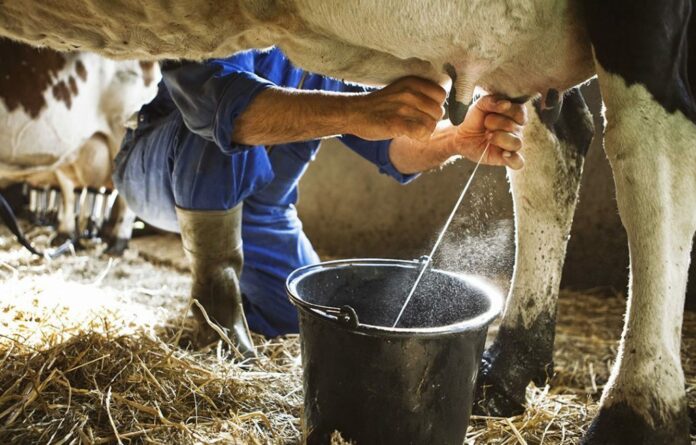In India, the price paid to dairy farmers per liter of milk varies across states, depending on factors like the milk’s fat and solids-not-fat (SNF) content, the procurement policies of cooperative dairy associations, market demand, and regional production costs. Major milk-producing states with prominent dairy cooperatives—such as Gujarat, Maharashtra, Rajasthan, Uttar Pradesh, Punjab, Karnataka, and Tamil Nadu—offer a glimpse into these payments. Below, I’ll outline the approximate prices paid to farmers in some of these states based on available data and the role of major milk producer associations, like Amul (Gujarat Cooperative Milk Marketing Federation), Nandini (Karnataka Milk Federation), and others.
Gujarat (Amul – GCMMF)
Gujarat is India’s dairy powerhouse, with Amul being the largest cooperative network. The Gujarat Cooperative Milk Marketing Federation (GCMMF) procures milk from farmers through its village-level societies. As of early 2025, farmers receive approximately Rs 40-45 per liter for cow milk, depending on quality (fat and SNF content). For buffalo milk, which has higher fat (6-7%), the price can go up to Rs 55-60 per liter. Amul adjusts prices periodically based on global dairy trends and domestic demand, ensuring farmers get a fair share (about 75-80% of the consumer price).
Maharashtra (Maharashtra State Cooperative Milk Federation & Private Players)
Maharashtra has a mix of cooperative and private dairies, including brands like Gokul and Chitale. Farmers supplying to cooperatives like the Maharashtra State Cooperative Milk Federation (under the Mahanand brand) are paid around Rs 35-40 per liter for cow milk. However, private dairies sometimes offer slightly higher rates—up to Rs 42-45 per liter—to compete for supply, especially in high-production areas like Kolhapur and Pune. Buffalo milk fetches Rs 50-55 per liter. The state’s fragmented dairy sector means prices vary widely based on local competition and milk quality.
Rajasthan (Saras – Rajasthan Cooperative Dairy Federation)
Rajasthan’s Saras brand, managed by the Rajasthan Cooperative Dairy Federation (RCDF), is a key player. Farmers here are paid approximately Rs 38-43 per liter for cow milk, with buffalo milk ranging from Rs 50-55 per liter. The RCDF has a strong network of milk unions, and prices are influenced by the arid region’s lower milk yield per animal, balanced by government support and subsidies to cooperatives.
Uttar Pradesh (Parag – Pradeshik Cooperative Dairy Federation)
Uttar Pradesh, a major milk-producing state, relies on the Pradeshik Cooperative Dairy Federation (PCDF) under the Parag brand. Farmers typically receive Rs 35-40 per liter for cow milk, with buffalo milk fetching Rs 48-53 per liter. The state’s vast rural dairy network and high production volume keep procurement prices competitive, though inconsistent quality testing can lead to variations in farmer payments.
Punjab (Verka – Punjab State Cooperative Milk Producers’ Federation)
Punjab’s dairy sector, supported by the Verka brand under the Punjab State Cooperative Milk Producers’ Federation (Milkfed), pays farmers around Rs 40-45 per liter for cow milk and Rs 55-60 per liter for buffalo milk. Punjab’s high productivity, thanks to better cattle breeds and fodder availability, supports these rates, though private dairies like Nestlé sometimes offer marginally higher prices to secure supply.
Karnataka (Nandini – Karnataka Milk Federation)
The Karnataka Milk Federation (KMF), which markets Nandini products, is one of India’s most successful cooperatives. Farmers are paid approximately Rs 37-42 per liter for cow milk, with buffalo milk ranging from Rs 50-55 per liter. KMF frequently revises prices to reflect production costs and farmer welfare, and its strong procurement system ensures stable payments even during surplus seasons.
Tamil Nadu (Aavin – Tamil Nadu Cooperative Milk Producers’ Federation)
In Tamil Nadu, Aavin, run by the Tamil Nadu Cooperative Milk Producers’ Federation (TCMPF), procures milk at around Rs 35-40 per liter for cow milk, with buffalo milk priced at Rs 48-52 per liter. The state government often provides incentives or bonuses (e.g., Rs 3-5 per liter extra during lean seasons) to support farmers, making Tamil Nadu’s cooperative model farmer-friendly.
Key Observations
- Price Range: Across these states, cow milk procurement prices typically range from Rs 35-45 per liter, while buffalo milk, due to its higher fat content, fetches Rs 48-60 per liter.
- Cooperative Influence: Major cooperatives like Amul, Nandini, and Verka ensure a significant portion of the consumer price (70-80%) reaches farmers, unlike private players who may retain higher margins.
- Regional Variations: States with higher productivity (e.g., Punjab, Gujarat) or stronger cooperative structures (e.g., Karnataka) tend to offer better rates, while states with fragmented markets (e.g., Maharashtra) show more variability.
- Quality Matters: Payments are tied to fat and SNF levels, measured at collection points, meaning farmers with better cattle breeds or feed practices earn more per liter.
Broader Context
These prices reflect the balance between farmer welfare and market realities. Cooperatives often shield farmers from price crashes during milk surpluses (e.g., flush seasons), converting excess milk into powder or other products. However, rising input costs—fodder, labor, and veterinary care—mean that even these rates sometimes fall short of covering production costs, estimated at Rs 35-40 per liter for cow milk in many regions. Government interventions, like subsidies or minimum support prices, occasionally supplement cooperative payments, especially in states like Tamil Nadu and Karnataka.
For the most current and precise figures, prices can shift monthly, so local dairy union announcements or state-specific cooperative websites would provide real-time updates.



































